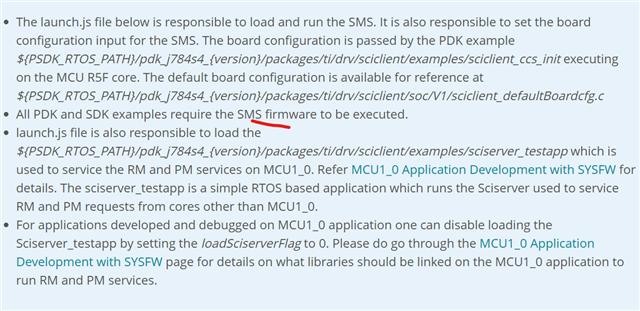Other Parts Discussed in Thread: TDA4VH
Tool/software:
Hi Ti Team,
Is there a way to use Lauterbach in No Boot mode.
I need to load firmware for C7x core 1 alone, Don't want A72 running, need to put break points and check. Is there a way to do this?
I need some sample cmm files that we will be able to make the core c7000 to be alive. Without running a72.
I took some sample files, buts its there in CCS 12.x version.
Thanks
Regards,
Gowtham


 and not moving further.
and not moving further.